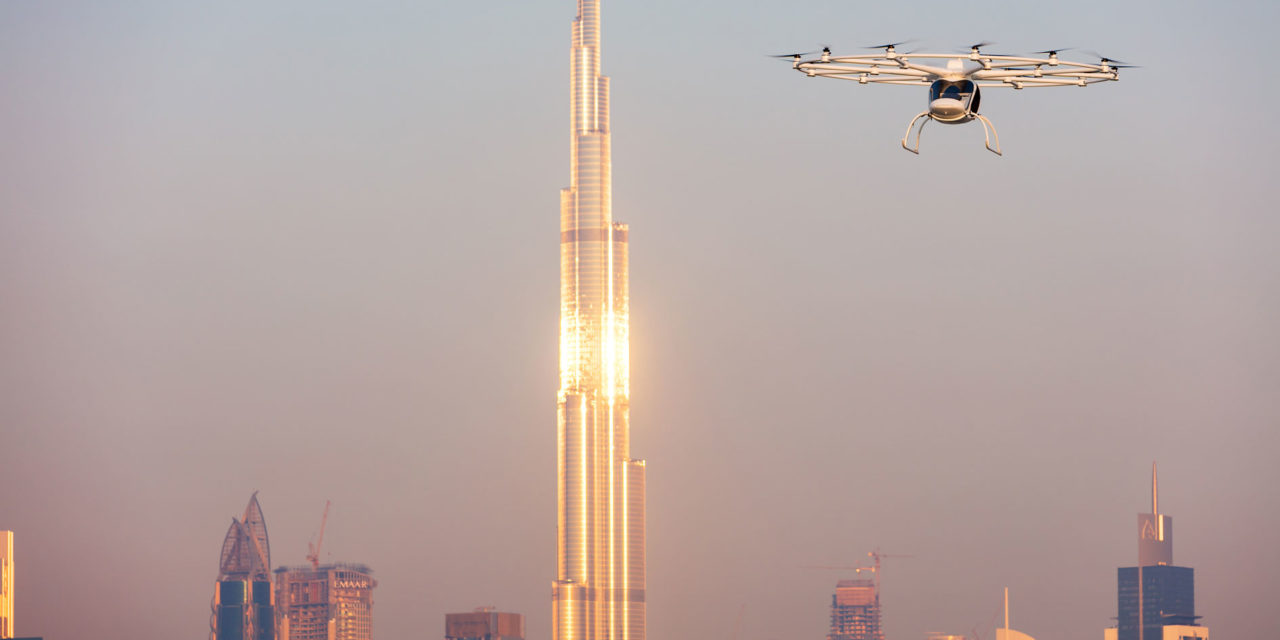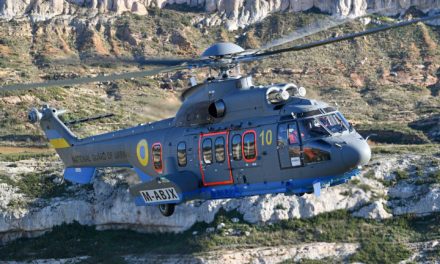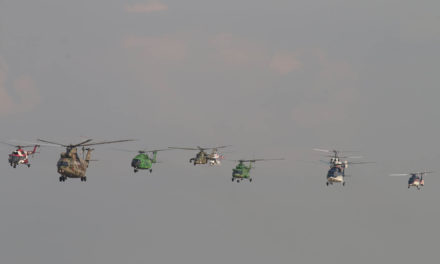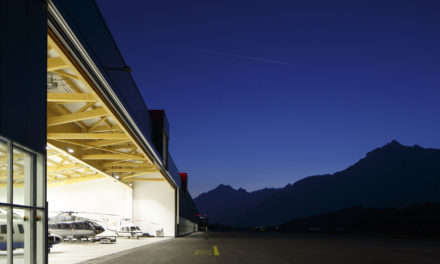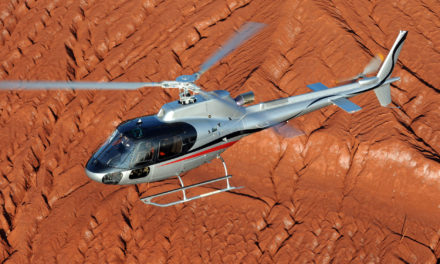In less than two years, the first self-piloted, vertical takeoff and landing (VTOL) aircraft will begin flying over several major urban areas. Whether in Dubai, Shanghai, Sao Paulo or elsewhere, they promise to help reduce congestion on the ground in some of the world’s most densely populated cities. Will certification be granted quickly? Will aviation regulations relative to this type of aircraft be ready in time?
The first public demonstration of self-piloted, VTOL aircraft designed for passenger transportation took place on September 25, 2017 in Dubai. The aircraft was none other than the innovative multirotor Volocopter (see Helicopter Industries No. 79). Launched following a rapid development phase, and backed by financial support that has helped drive its success, the aircraft definitely deserved its place in the demonstration organized by the emirate’s authorities.
The interest expressed in this new form of urban transportation is hardly a surprise. In a bid to equip Dubai with new modes of transportation that are as attractive as they are efficient, the dignitaries in attendance at the event sent a clear message.
Multiple players
While the United Arab Emirates (UAE) aims to benefit from cutting-edge solutions made possible by the newest technologies, it also places capital importance on the aviation industry, which plays a crucial role in Dubai’s economy. Can we conclude, then, that Volocopter—designed by Germany Volocopter GmbH—will be the first to benefit from serious interest from an operator? It’s too soon to tell, because this mode of transportation is the focus of quite a few players, from young companies with just a few employees to multinationals, and certification authorities (which are currently only observing). Other offers are sure to pop up soon.
As mentioned in one of our recent editions (Helicopter Industry No. 85), Airbus is working on the question, taking the concept in two main directions. CityAirbus is four-seat air taxi equipped with four first-generation battery-powered coaxial rotors. The craft is scheduled for its first flight tests (without a pilot) at the end of 2018. The first production model could enter service just a year later.
The Vahana project, designed by American Airbus subsidiary A3, takes the concept in another direction entirely. In late November, Airbus announced that a completed prototype had been taken to an airbase in eastern Oregon, in the United States, in preparation for an imminent first flight. The aircraft is designed to transport one passenger, and is equipped with two tilt wings bearing a total of eight battery-powered rotors.
Military interest
Other self-piloted aircraft, including Airbus’s modular Pop Up concept, have begun their careers on the Internet in animated films.
In a more clearly military register, the Cormorant, by Israeli company Urban Aeronautics, does not have the same goals as the machines sited above. It weighs about one ton empty, can carry a 500 kilogram payload, and its four streamlined rotors are powered by a Safran Helicopter Engines gas turbine: the Arriel 2N (the optimized version of SHE’s successful engine, certified in December 2014). The Cormorant is designed to transport wounded soldiers and cargo, and could even carry rescue personnel into operations theaters. Urban Aeronautics is also working on other models for different uses: for law enforcement in urban areas, or simply for passenger transportation from airports to the roofs of buildings in big cities.
In China, the eHang 184, a single-passenger craft equipped with four rotors, has goals in line with those of Airbus. This aircraft is also battery-powered, though its current autonomy is limited to just 20 minutes of flight time.
So, who will come out ahead? In the end, that’s probably not the real question, even though fierce competition will undoubtedly develop between manufacturers in this budding market. For the time being, the question is less about putting the technical finishing touches on aircraft being assembled or in testing, and more about certification and the difficulties of low-altitude urban flight—particularly since the certification authorities have yet to outline specifications for this type of aircraft.
Green light in Dubai
But in this field, as in so many others, industry innovation is leading the way. In Dubai, on September 25, 2017, the presence of the country’s ruler, Sheikh Mohammed bin Rashid Al Maktoum, was ample proof of the Roads and Transport Authority’s interest in the solution provided by Volocopter. In just eight minutes, the small aircraft proved it could travel a planned flight plan of 500 meters round trip, 60 meters above the ground, without a pilot. Was this a modest demonstration, or a major exploit? In reality, before it obtained authorization for this public test flight as an official partner of the emirate, the German start-up had to convince the authorities of its trustworthiness, efficient organization, future development, and the safety and sturdiness of its manufacturing process. It’s clear that in this field, where certification is necessary, operators will not risk choosing too quickly.
By François Blanc
@photos by NIKODESIGN

